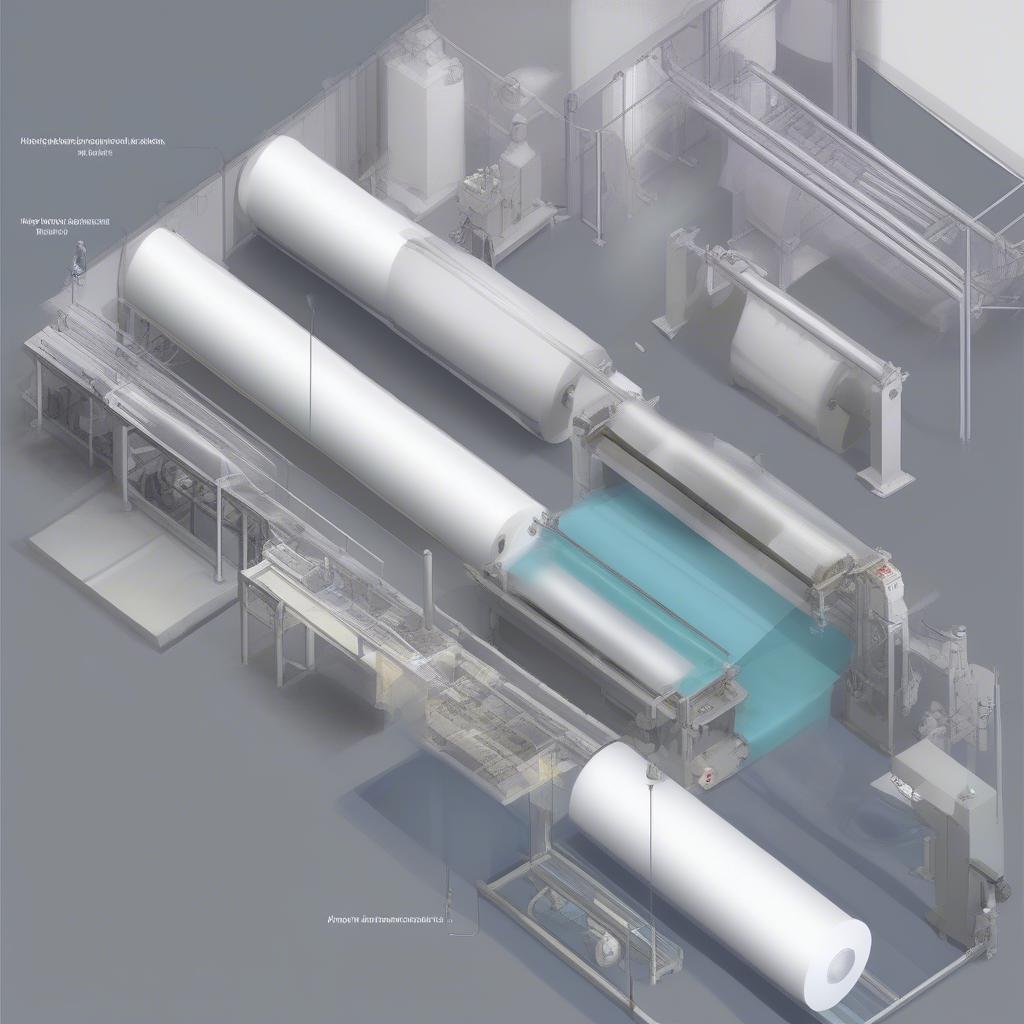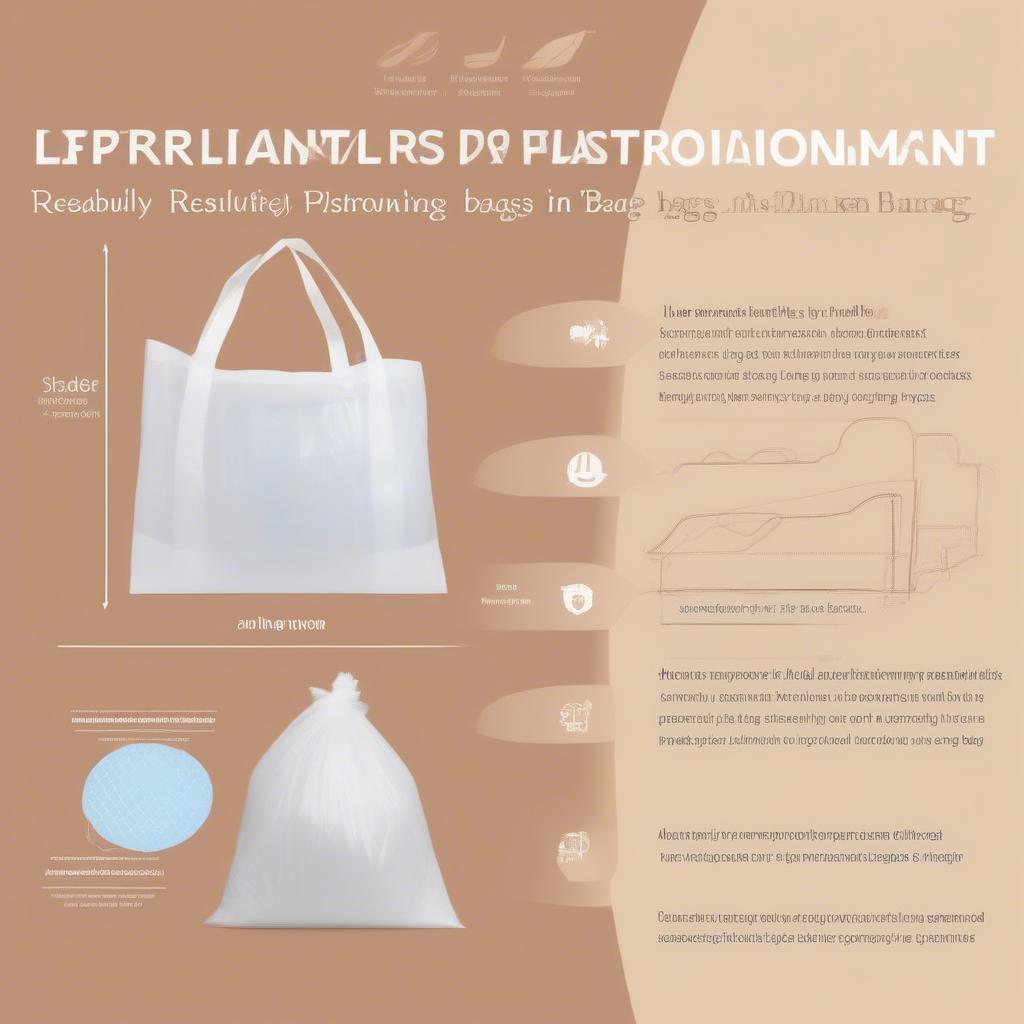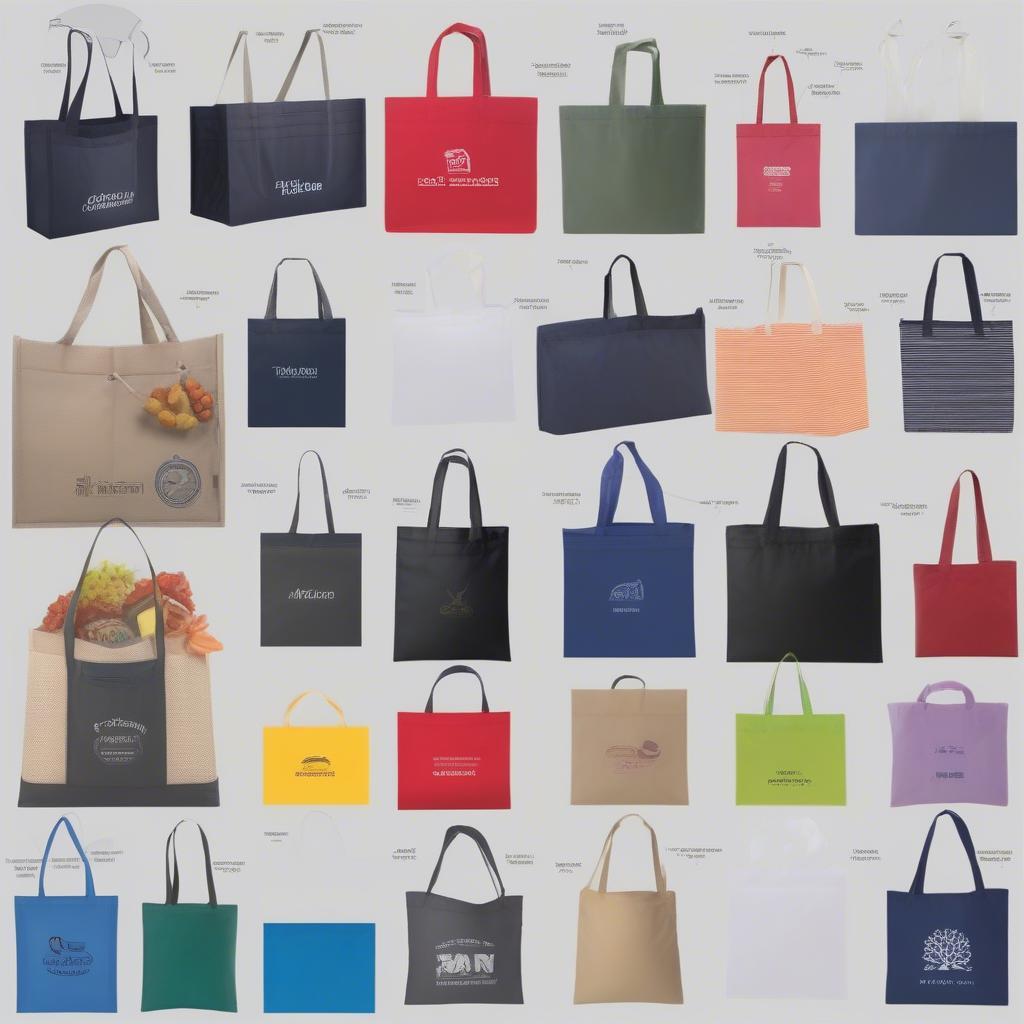Basket Weaving
Non-Woven Bags: A Comprehensive Guide
Non-woven bags have become increasingly popular as a practical and eco-friendly alternative to traditional plastic bags. This guide will delve into the world of non-woven bags, exploring their various uses, benefits, and the reasons behind their rising prominence.
Understanding Non-Woven Fabric
Non-woven fabrics, unlike woven materials, are manufactured by bonding fibers together through mechanical, thermal, or chemical processes. This creates a fabric structure that’s durable, lightweight, and cost-effective. Think of felt or interfacing – these are common examples of non-woven materials. The production process doesn’t involve traditional weaving or knitting, making it quicker and less resource-intensive.
 Non-Woven Fabric Production Process
Non-Woven Fabric Production Process
Benefits of Non-Woven Bags
Non-woven bags offer a myriad of advantages, making them a versatile and sustainable choice:
- Durability: They are tear-resistant and can withstand considerable weight, making them ideal for carrying groceries, shopping items, and even books.
- Eco-Friendliness: Many non-woven bags are made from recyclable materials, contributing to a reduction in plastic waste. They are also often reusable, further minimizing environmental impact.
- Cost-Effectiveness: Compared to other reusable bag options, non-woven bags are generally more affordable, making them accessible to a wider range of consumers.
- Customizability: Non-woven bags can be easily printed with logos, designs, and marketing messages, making them effective promotional tools for businesses.
- Water Resistance: Certain types of non-woven fabrics possess water-resistant properties, adding another layer of practicality to these bags.
Why Choose Non-Woven Bags over Traditional Options?
Are non-woven bags truly a better choice? Let’s consider the environmental impact. Plastic bags contribute significantly to pollution, taking hundreds of years to decompose. how to weave plastic bags together might be a creative solution for repurposing existing plastic bags, but non-woven bags offer a more sustainable approach from the outset. They are also sturdier than single-use plastic bags, reducing the risk of tearing and spills.
 Comparison of Non-Woven and Plastic Bags
Comparison of Non-Woven and Plastic Bags
Different Types of Non-Woven Bags
Non-woven bags come in various forms to suit different needs:
- Tote Bags: These are the most common type, often used for shopping and carrying everyday items.
- Shopping Bags: Similar to tote bags, these are designed specifically for grocery shopping and can hold heavier loads.
- Drawstring Bags: Convenient for carrying smaller items, drawstring bags are lightweight and easy to store.
- Promotional Bags: Customized with logos and branding, these bags are used for marketing and advertising purposes.
“Non-woven bags have transformed the reusable bag landscape,” says Emily Carter, a sustainable packaging consultant. “Their affordability and versatility make them a practical solution for individuals and businesses alike.”
How are Non-Woven Bags Made?
Several methods are used to create non-woven fabrics:
- Spunbond: This process involves extruding molten polymer into filaments, which are then laid down to form a web.
- Meltblown: Similar to spunbond, but the fibers are finer, resulting in a softer and more breathable fabric.
- Needle Punching: This method uses barbed needles to entangle fibers, creating a strong and durable fabric.
 Variety of Non-Woven Bags
Variety of Non-Woven Bags
“The key to choosing the right non-woven bag is understanding its intended use,” adds John Miller, a retail industry expert. “Consider the weight capacity, durability, and desired aesthetic for optimal functionality.” For stylish and durable options, check out our selection of plastic weave tote bag.
Conclusion
Non-woven bags offer a compelling alternative to traditional plastic bags, combining durability, affordability, and eco-consciousness. From grocery shopping to promotional giveaways, these versatile bags have become an essential item in our increasingly eco-conscious world. Choosing non-woven bags is a small but significant step towards a more sustainable future.
FAQ
- Are non-woven bags recyclable? Many are made from recyclable materials, but check local recycling guidelines.
- How long do non-woven bags last? With proper care, they can be used repeatedly for months or even years.
- What are the different types of non-woven fabrics? Spunbond, meltblown, and needle punched are common types.
- Can non-woven bags be customized? Yes, they are easily printed with logos and designs.
- Are non-woven bags waterproof? Some types offer water resistance, but not all.
- How much weight can a non-woven bag hold? This varies depending on the size and material, but most can carry a substantial amount.
- What are the benefits of using non-woven bags? They are durable, reusable, and often recyclable.
For any assistance, contact us at Hanoi, Vietnam or Tech Avenue, Suite 12, San Francisco, CA 94105, USA. We have a 24/7 customer service team.
